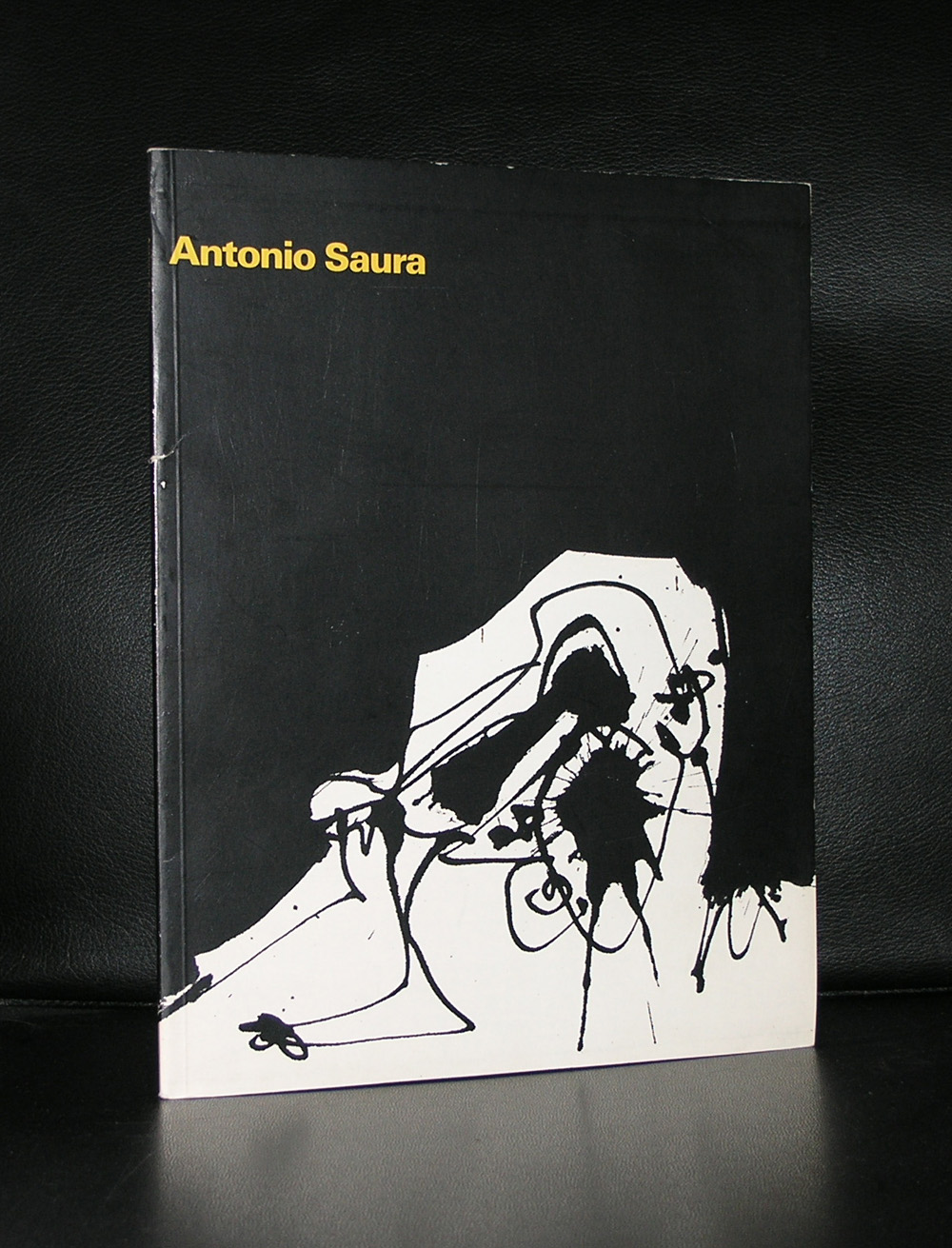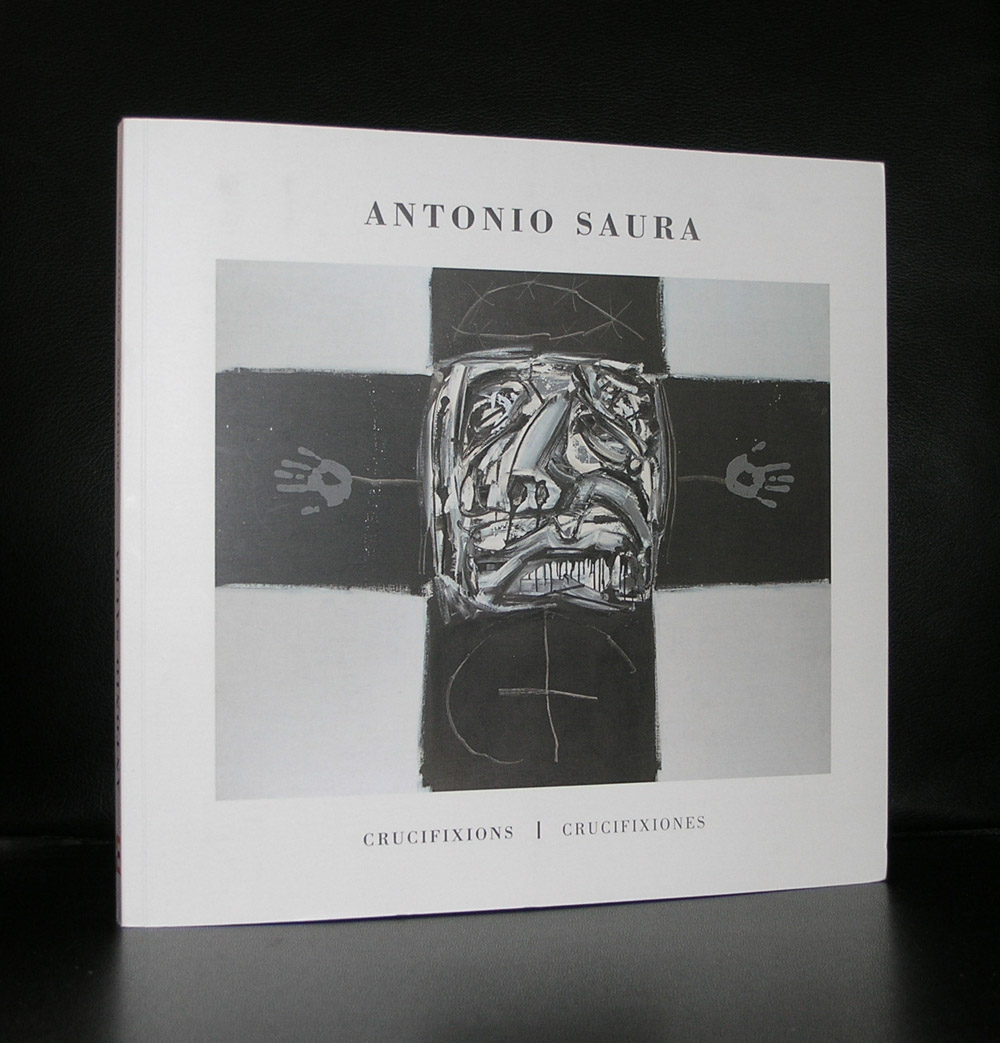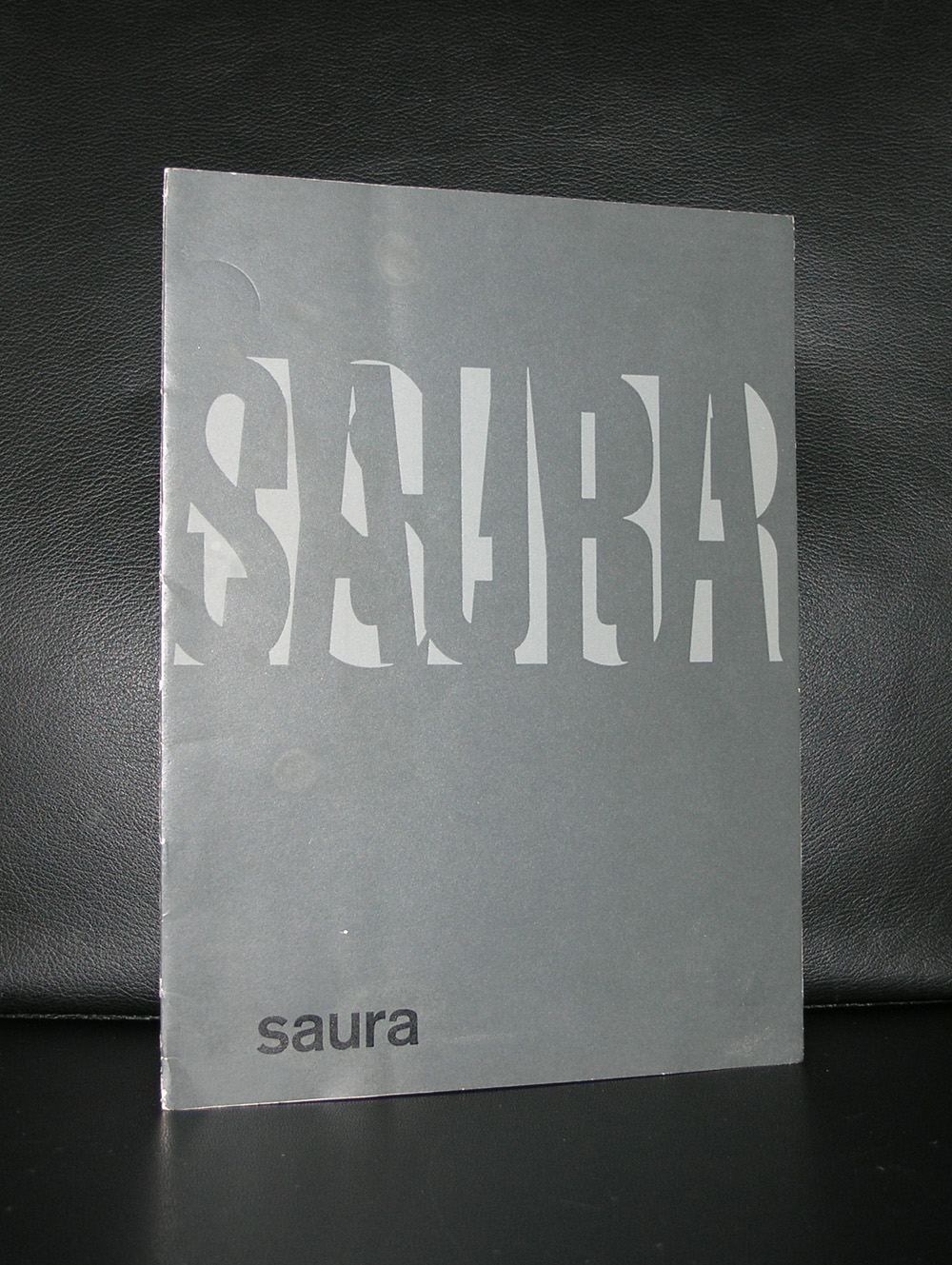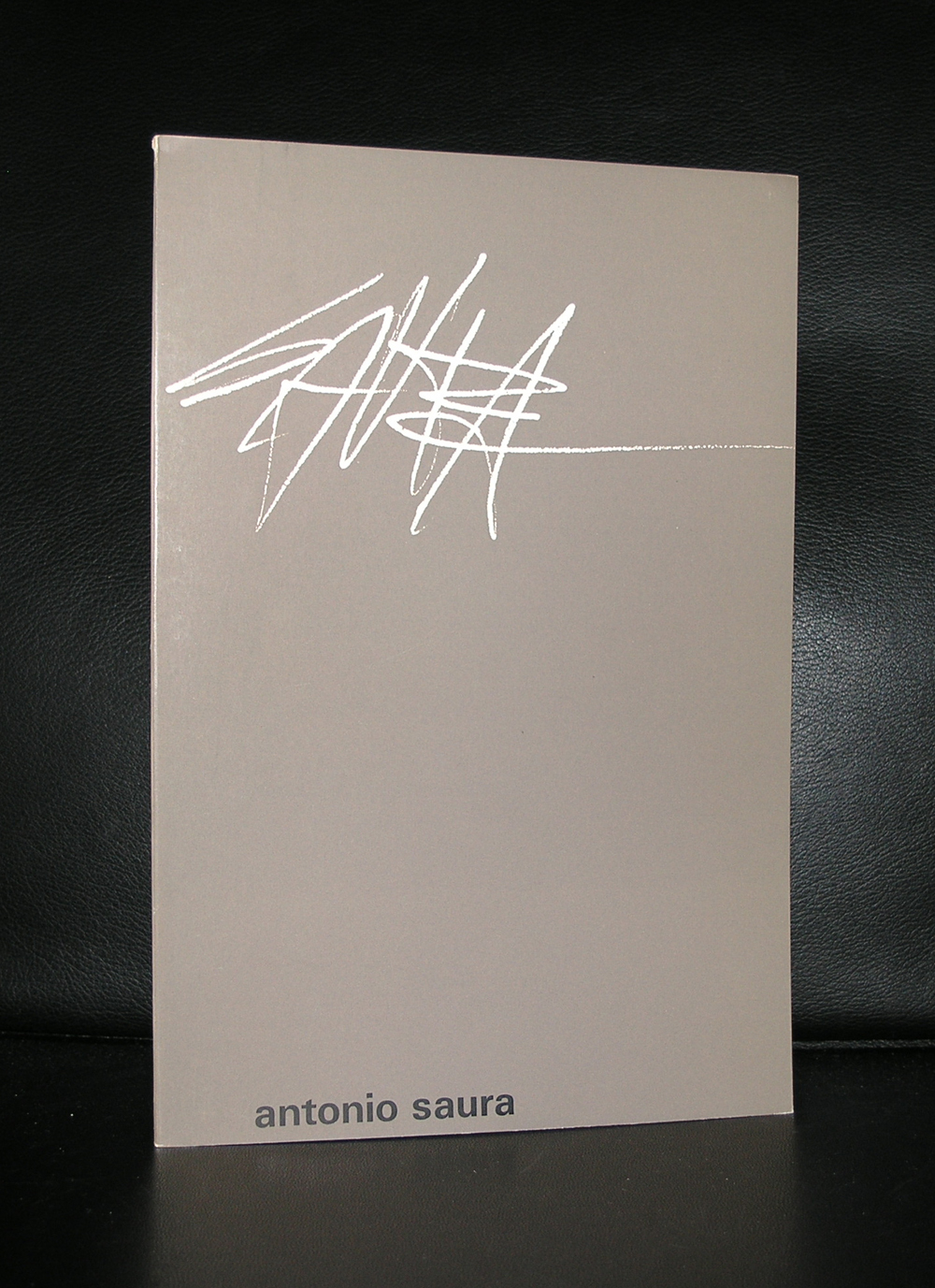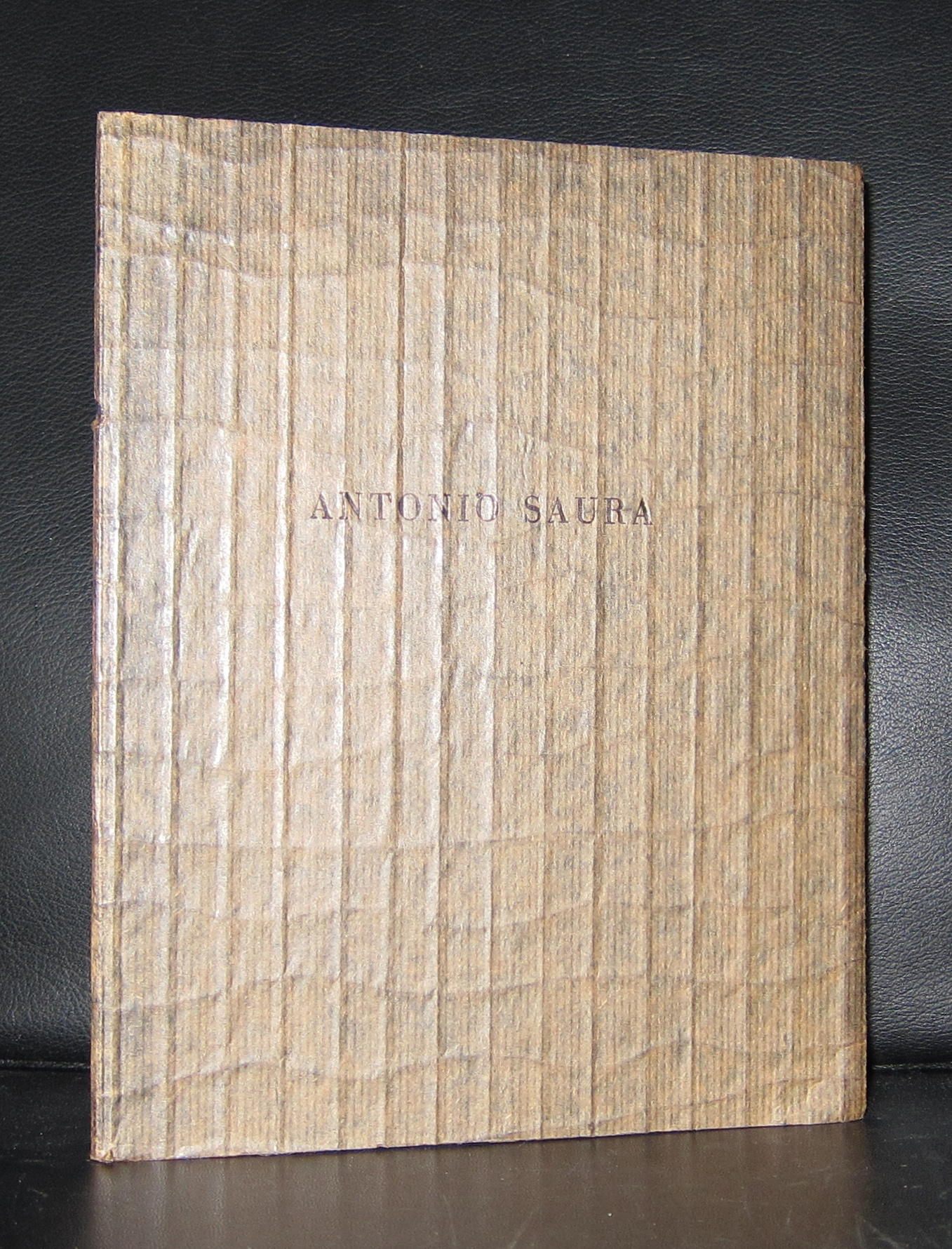
Antonio Saura (b. 1930 in Huesca, d. 1998 in Cuenca) was a Spanish artist known for his surrealist style. Drawing inspiration from the works of Arp and Tanguy, Saura developed a highly personal approach to his art. His initial experiments with pictorial invention resulted in numerous drawings and paintings featuring a dreamlike, surreal quality.
In the 1950s, Saura was associated with the Surrealist group. Later, he turned to the technique of grattage and, through his gestural style, found his way to a radically abstract, always colorful form of painting rooted in an organic, aleatoric conception.
Using formal, highly specific structural elements, he eventually created the first forms that would evolve into the archetypal model of the female body or the human head, themes that would come to define Saura’s work.
From 1957 to 1960, Saura led the artists’ group El Paso in Madrid. He had his first solo exhibition with Rodolphe Stadler in Paris, followed by shows with Otto van de Loo in Munich and Pierre Matisse in New York. Saura remained essentially independent from the artistic movements and trends of his generation, although his unique style can be seen in the spirit of Velázquez and Goya.
Starting in 1977, he also wrote and designed sets for theater, ballet, and opera. Saura’s work is featured in numerous public collections, including the Neue Nationalgalerie in Berlin, the Folkwang Museum in Essen, and the Pinakothek der Moderne.
www.ftn-books.com has some great saura titles available.






